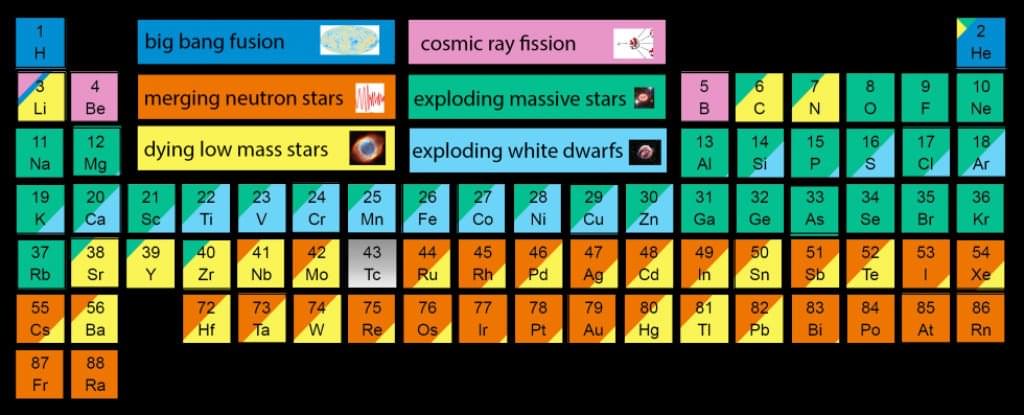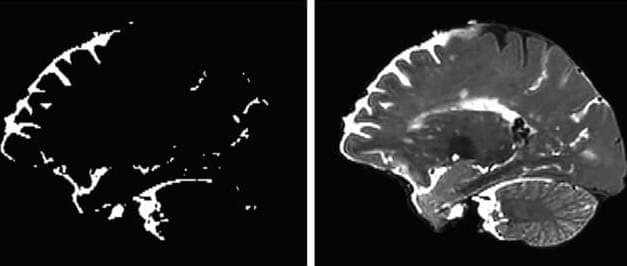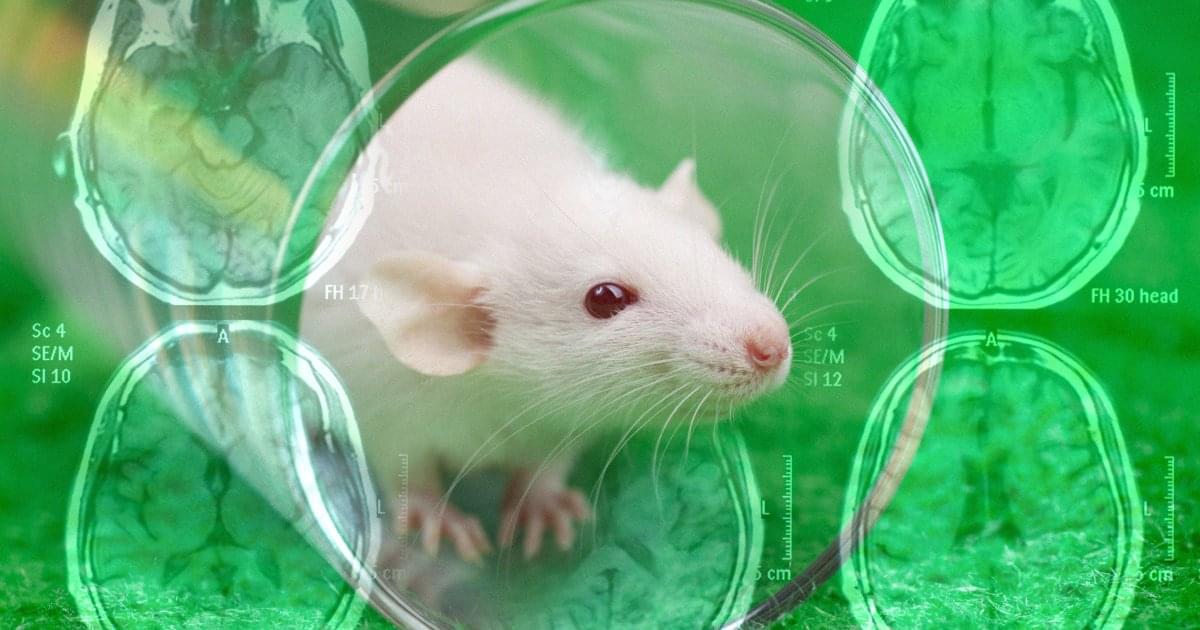See how satellite imagery, permits, and public disclosures are used to track the power capacity and performance of frontier data centers.



Here’s something to think about: the average adult human is made up of-1 (7 octillion) atoms, and most of them are hydrogen — the most common element in the Universe, produced by the Big Bang 13.8 billion years ago.
The rest of those atoms were forged by ancient stars merging and exploding billions of years after the formation of the Universe, and a tiny amount can be attributed to cosmic rays — high-energy radiation that mostly originates from somewhere outside the Solar System.
As astronomer Carl Sagan once said in an episode of Cosmos, “The nitrogen in our DNA, the calcium in our teeth, the iron in our blood, the carbon in our apple pies were made in the interiors of collapsing stars. We are made of starstuff.”

A question that has vexed physicists for the past century may finally have a solution – but perhaps not the one everyone was hoping for.
In a new, detailed breakdown of current theory, a team of physicists led by Mir Faizal of the University of British Columbia has shown that there is no universal “Theory of Everything” that neatly reconciles general relativity with quantum mechanics – at least, not an algorithmic one.
A natural consequence of this is that the Universe can’t be a simulation, since any such simulations would have to operate algorithmically.


Scientists have developed a nanoparticle-based treatment that successfully reversed Alzheimer’s disease in mice.
As detailed in a new paper published in the journal Signal Transduction and Targeted Therapy, the team co-led by the Institute for Bioengineering of Catalonia, Spain (IBEC), and West China Hospital, Sichuan University, developed bioactive “supramolecular drugs” that can proactively repair the blood-brain barrier.
The barrier plays an important role in the health of the brain, defending it from harmful substances and other pathogens. Alzheimer’s has been linked to a weakening of the barrier’s integrity, allowing for impairing toxins to make it through.

For years, astronomers have been on the hunt for the first generation of stars, primordial relics of the early universe. And now they may have just found them. Ari Visbal from the University of Toledo, Ohio and colleagues believe they’ve glimpsed so-called Population III (Pop III) stars following a detailed analysis of previous James Webb Space Telescope (JWST) observations of a distant galaxy called LAP1-B.
Pop III stars are thought to be composed entirely of helium and hydrogen with trace amounts of lithium, the ingredients left over after the Big Bang. They formed early on, around 200 million years after the universe began. These stars are extremely rare because they died out long ago, although scientists have hoped that the faint light from these distant, ancient objects would be detectable.
Previous Population III candidates have been ruled out because they didn’t meet the three main predictions about their formation and properties. That is, they were formed in small dark-matter clumps (called halos), were extremely massive, and formed in small clusters.

We had the honor of welcoming Eileen Collins, the first woman to pilot and command a Space Shuttle, to Florida Tech’s campus for a special screening of her new documentary, ‘SPACEWOMAN.’
It was an inspiring evening celebrating perseverance and leadership. Before the event, Collins also met with a small group of students to discuss space exploration and her experiences as a trailblazer in NASA’s history.
Thank you to our campus community and friends of Florida Tech for joining us for this special event!
Learn more about Florida Institute of Technology: https://www.floridatech.edu/

Even small amounts of bisphenol A can lead to long-term health effects. When researchers studied adult rats exposed in the fetal stage, they found that females had developed a more masculine and males a more feminine gene expression pattern. This led to females progressing towards a cancer-like state, while males progressed towards metabolic syndrome, which can increase the risk of diabetes and heart disease.
Bisphenol A is a synthetic chemical with estrogen-like properties that is commonly used in food packaging materials. The substance is banned in many products, but is still present in some packaging. Levels of bisphenol A in people’s bodies are often above levels considered safe, with previous research showing that the substance can cause adverse health effects.
Females masculinized and males feminized In the current study, published in Communications Medicine, researchers investigated how bisphenol A affects the body during the fetal stage.
Subscribe: http://bit.ly/1Wq6gwm.
Connect with Singularity University:
Website: http://singularityu.org.
Singularity HUB: http://singularityhub.com.
Facebook: https://www.facebook.com/singularityu.
Twitter: https://twitter.com/singularityu.
Linkedin: https://www.linkedin.com/company/singularity-university.
Google+: https://plus.google.com/+singularityu.
About Singularity University:
Singularity University is a benefit corporation headquartered at NASA’s research campus in Silicon Valley. We provide educational programs, innovative partnerships and a startup accelerator to help individuals, businesses, institutions, investors, NGOs and governments understand cutting-edge technologies, and how to utilize these technologies to positively impact billions of people.
Intro to Nanotechnology with Ralph Merkle | Singularity University.
https://www.youtube.com/user/SingularityU